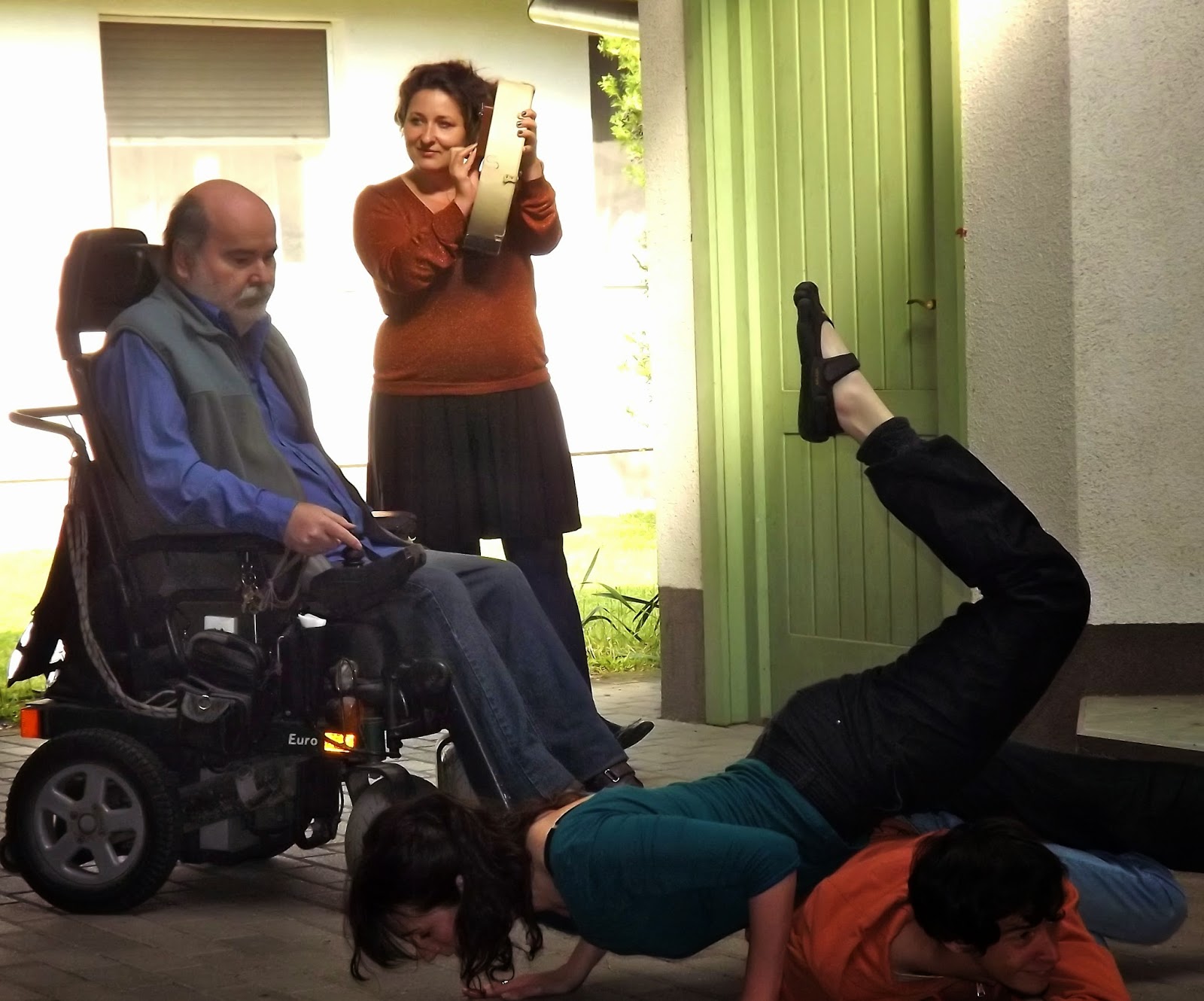In a small kitchen on the fourth floor of an apartment building
situated in the High Tatras, our
country coordinator Miriam asked each of us what traditions and associations we
had with Lent. As I listened to my
fellow YAGM Hungary volunteers explain their history with Lent and the
behavioral, mental, or habitual changes associated with the church season
following Epiphany- I couldn’t help but daydream about my own recollections of the
forty days before Easter.
Tucked away in the Blue Ridge Mountains of North Carolina,
my home congregation would join every Wednesday night for supper and worship
during the season of Lent. We enjoyed
hearty spaghetti or chili dinners and afterwards harmonized and prayed to the melodies
of Holden Evening Prayer. I loved
these Wednesday nights for the fellowship we shared and for the beauty of the
service we sang.
Sunday services were different during Lent and had an
unusual, almost lacking feel to them.
Several chunks of the Liturgy were omitted including anything that had the “A” word in it.
To be completely honest, as a young child I secretly liked that Sunday church
did not take as long during Lent, and occasionally my sister and I would use
Sundays as “cheat days” for whatever we had given up.
 |
Angela, Mom, and Me Easter Sunday 1997
Hi-C Boppin' Berry would probably have been in our
Easter baskets after 40 days without it |
For me as well as many others, Lent meant giving up
something for the forty days between Ash Wednesday and Easter. Many argue on how this time is actually
counted and which days are included or not, but many people recognize some sort
of Lenten devotion by giving up something. As a child this included me giving up Hi-C Boppin’ Berry
Juice, chocolate chip cookies, soda, AIM…you know, everything a pre-teen old holds
near and dear.
But, Lent also meant giving up another thing, a particular
word, this “A” word. It literally
means, “Praise the Lord” and is sung, said, spoken, and prayed almost every day
of the year- especially on Easter when we recognize, rejoice, and celebrate the
resurrection of Jesus Christ. Yet,
during Lent, the word was stripped from my vocabulary and literally buried
below the cross at my home congregation.
I’m not quite sure if I ever fully understood the explanation of why we
buried this “A” word. And, I still
don’t fully understand this time in the church year.
Lent usually felt somber for reasons of penance, fasting,
reflection, self-control and preparation for the celebration of the resurrection. Perhaps the lack of the A-word added to
this somberness and helped us to stay focused on the season. However, this year the season has felt strange
and somber for other reasons.
 |
Angela, Dad, and Me at the Blowing Rock Easter egg hunt.
Hungary will celebrate a special day involving Easter eggs
the Monday after Easter. |
Lent has felt funny for me this year in Hungary. To be honest I hardly even noticed it
started when it did. We did not
recognize Ash Wednesday or hold services, which is common for the Lutheran
Church in Hungary. Additionally I
was without this little thing called Mardi Gras, which has dominated my pre-Lenten
time for the past 8 years in a way that quite publically displays the feast
before the fast. And believe you
me, I didn’t give up anything this year…ask me how much peanut butter, nutella,
and bread I’ve gone through the past few weeks. It’s embarrassing. All three items are good candidates for
next Lent, but this season I’ve fully needed them.
And you know what else I’ve needed? I’ve needed to say the “A-word”
Alleluia. There. I said it. And it’s just the start of Holy Week, the time I remember
being most solemn during Lent. But
I have desperately needed to say Alleluia this season to have a reminder of the
already risen Jesus Christ who
granted all of us eternal life through the waters of baptism and sacrifice. I’ve had a tough few weeks of missing
home, adjusting to a new host family, and struggling with what exactly I’m
actually doing here. I lost a
sense of self, identify, confidence, and above all forgot my true identity as a
child of God who was called and claimed through the waters of baptism.
Back in that same kitchen in the High Tatras just days after
Lent began, Miriam focused much of our discussion not so much around Lent, but
actually around the waters of baptism.
I was very interested to learn that some scholars believe the historical
roots of Lent are actually seamlessly connected to baptism. Earlier in time when it was not common
to baptize infants, individuals seeking to be baptized would undergo a time of
fasting and preparation before heading to the font. Many people especially chose the time leading up to Easter Sunday, which was a
common Sunday for many to be baptized. However, overtime society shifted to baptizing infants, and this time
of fasting and preparation was no longer needed or used to prepare individuals for baptism. The fasting and preparation before Easter evolved for different purposes.
While scholars, theologians, and pastors may come to
different meanings about the season of Lent and it's current purpose, it has been extremely worthwhile
for me this year to completely focus on my baptism in preparation for
Easter. Because Christ has already
died, risen, and promised to come again, I am blessed with the daily renewal of
the gift of baptism and the reminder of my identity through Christ Jesus. Though this message may be coming a
week earlier than most would proclaim it, I think it is as ever important to
remember and recognize every season and day of the year.
More later-
Mere


















